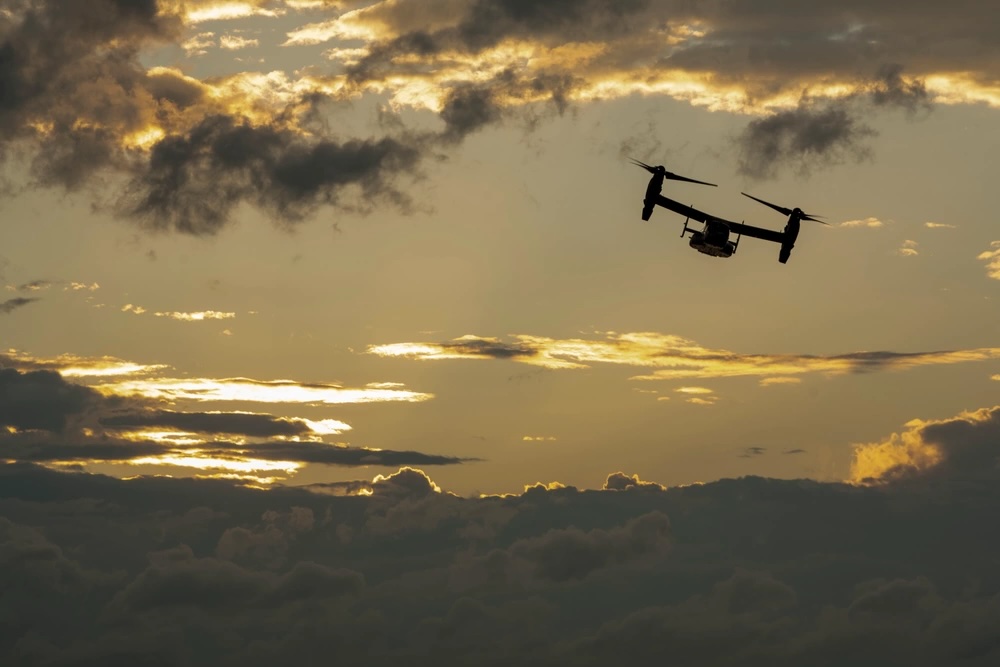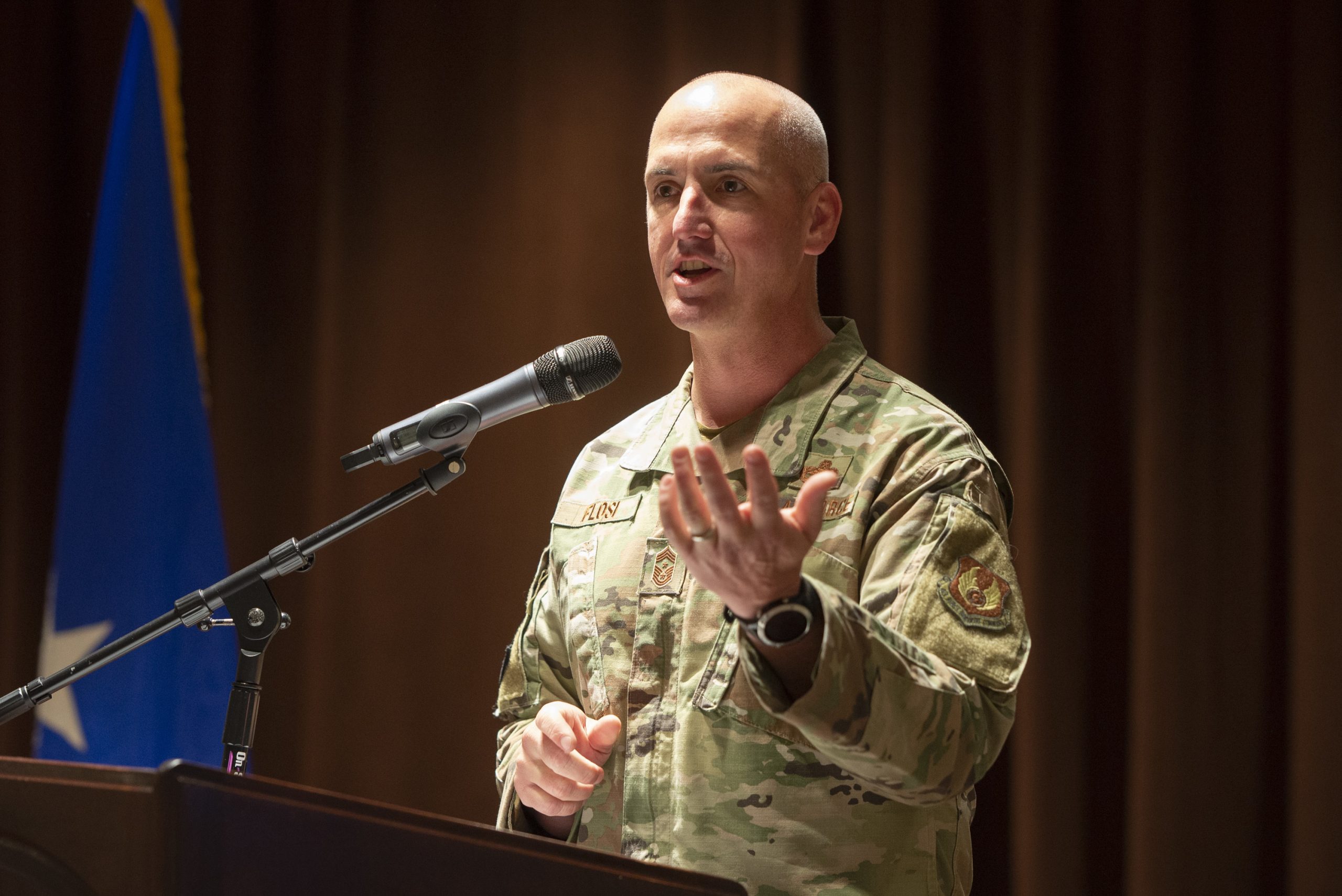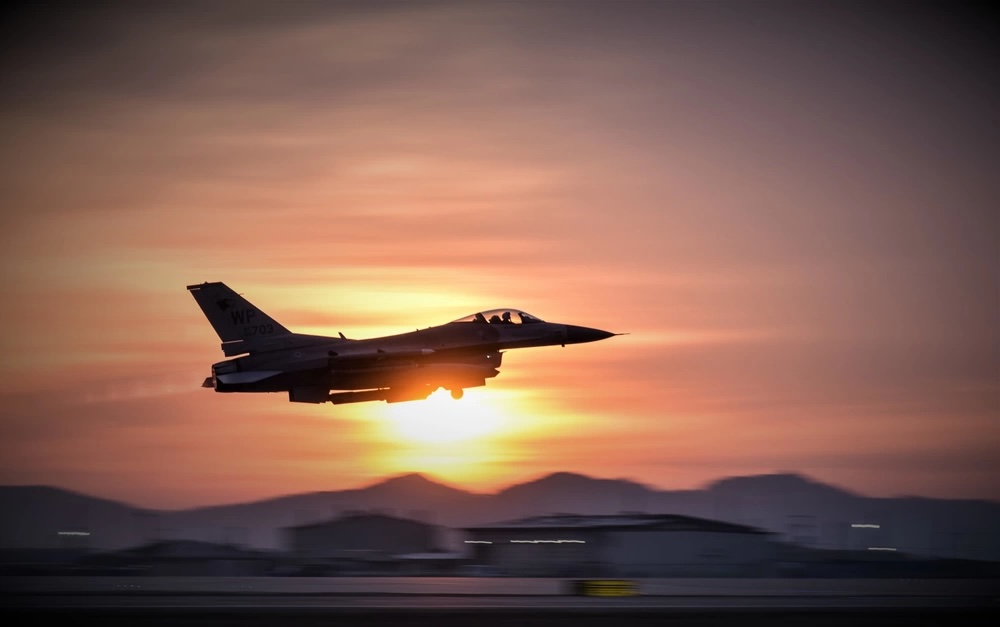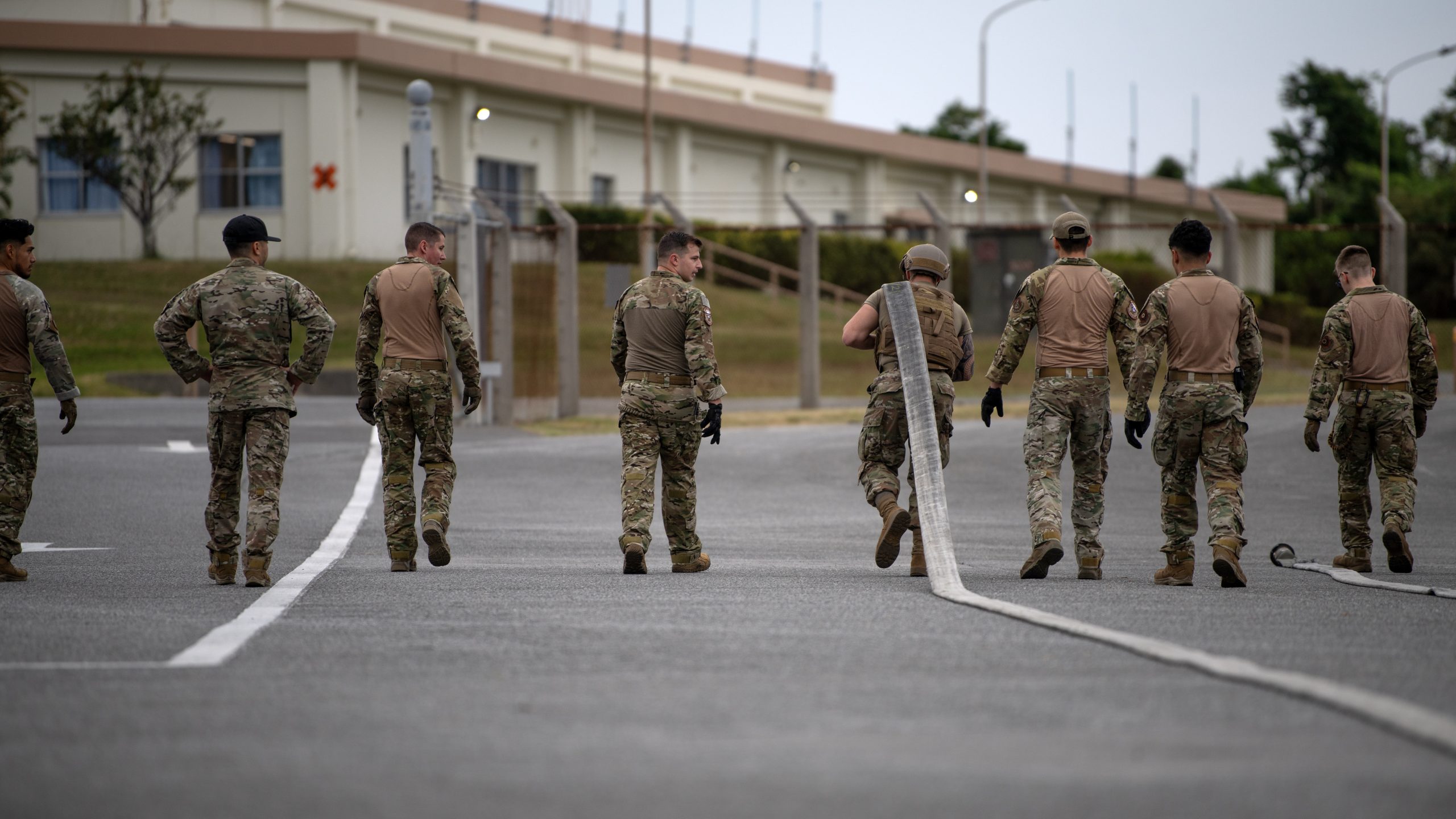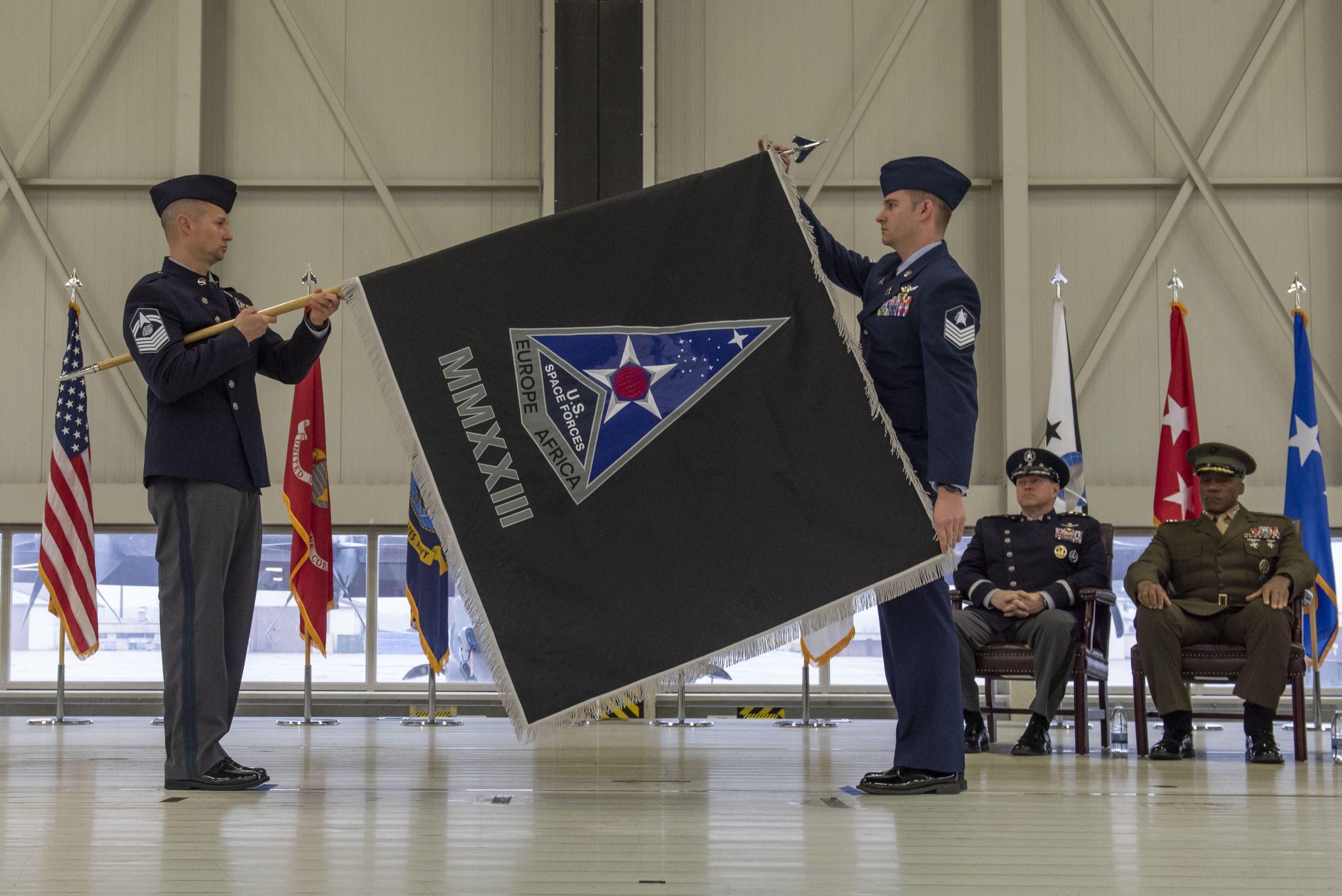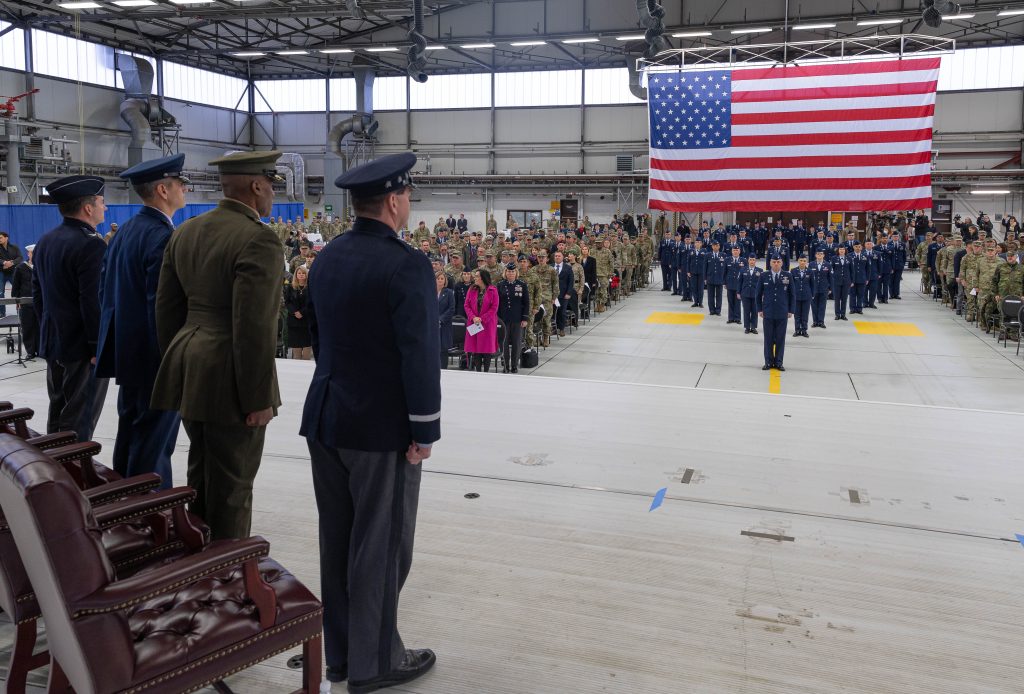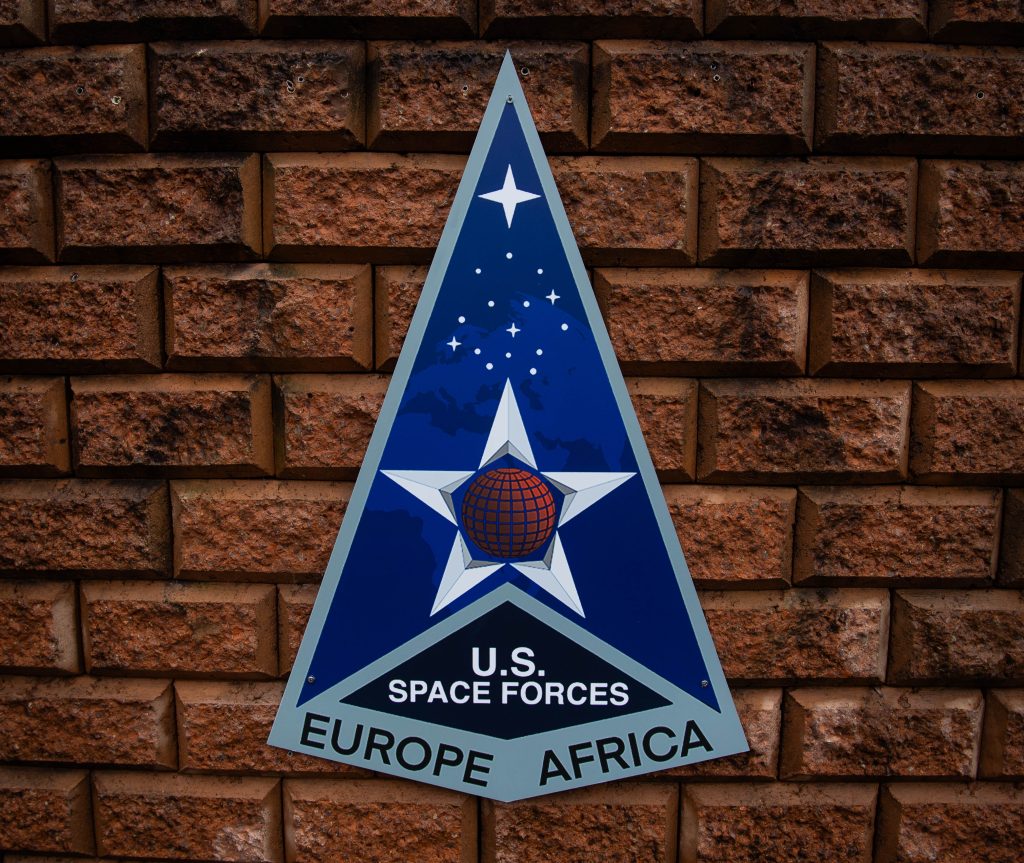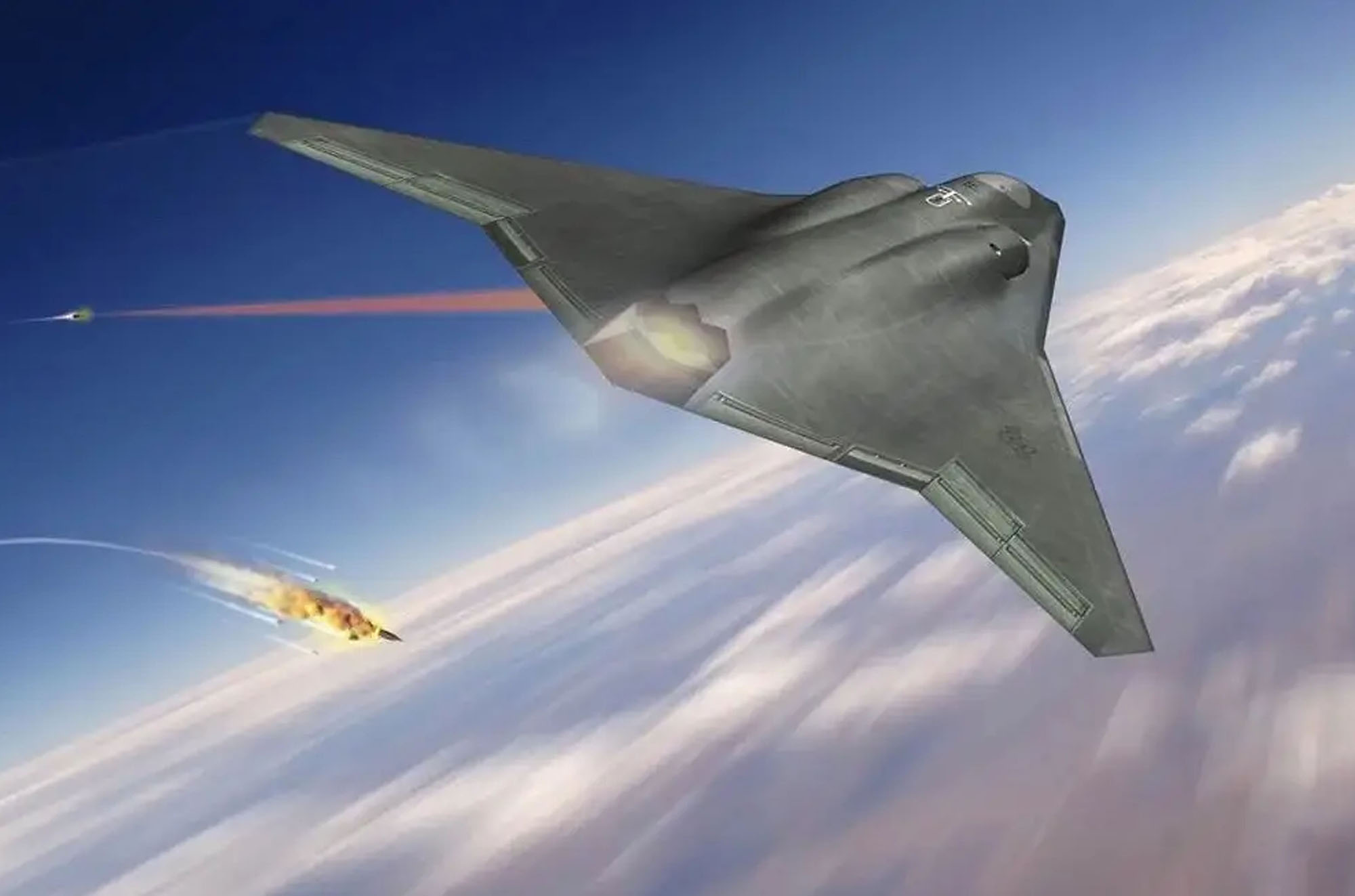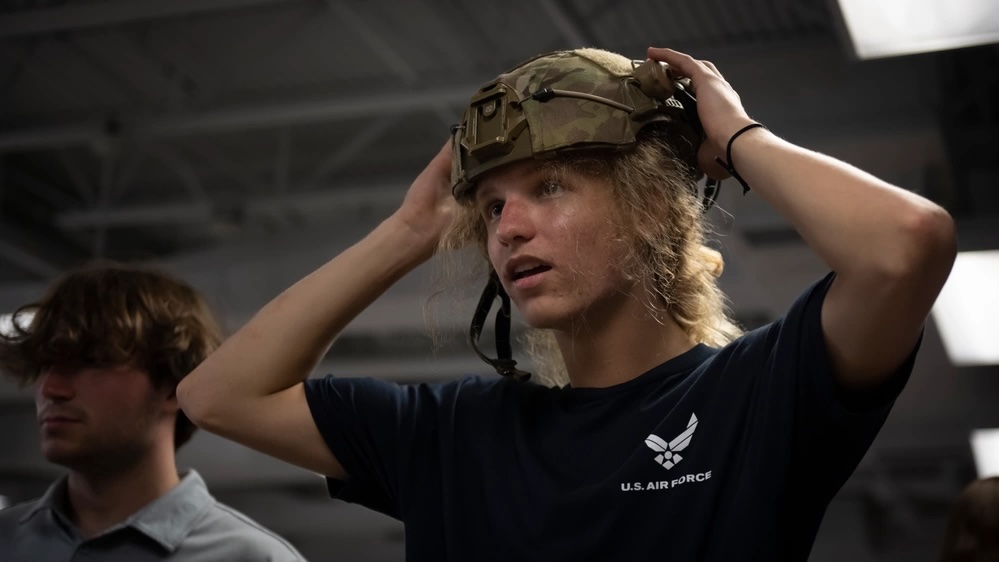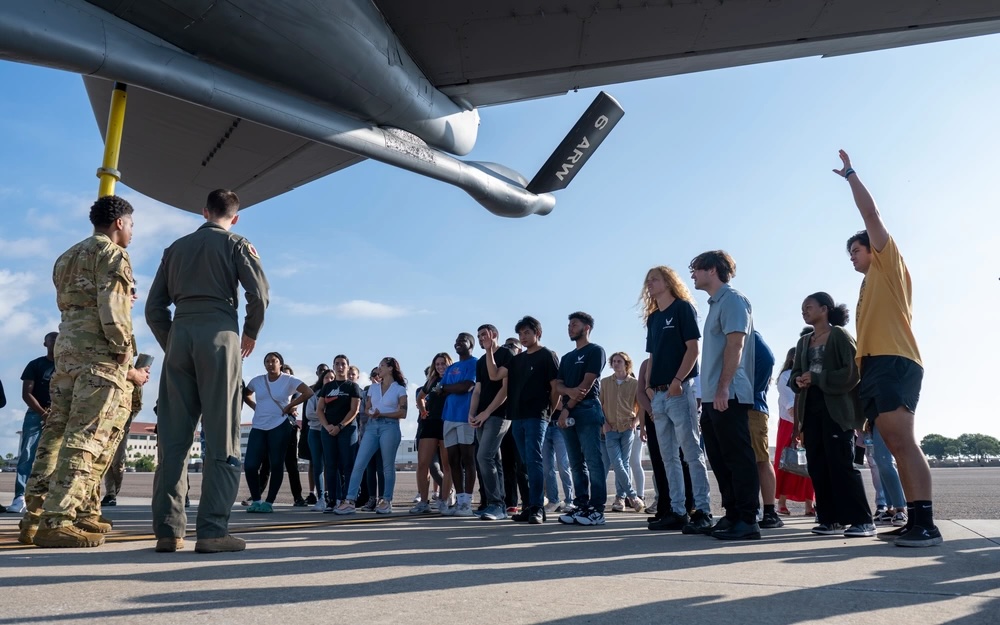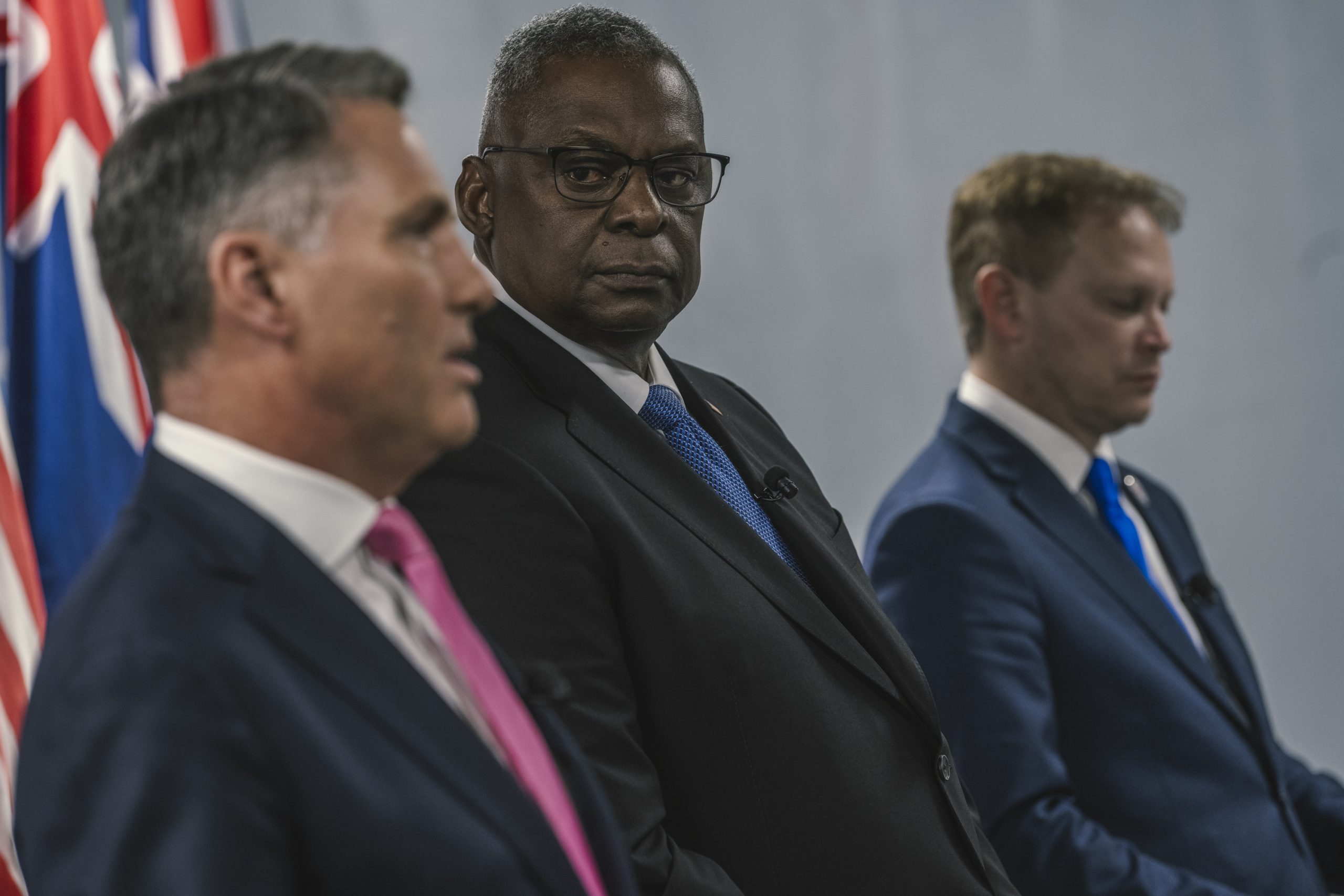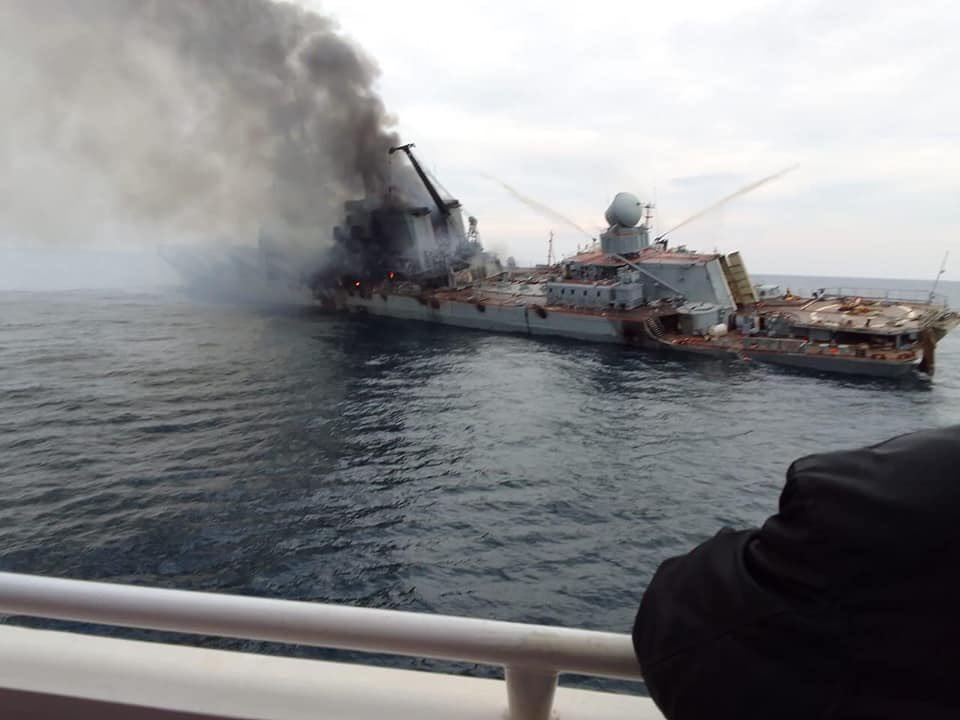Air Force Special Operations Command paid tribute to the eight Airmen killed in a CV-22 Osprey crash off the coast of Japan last month, as the command posted a brief biography of each Airman on its Facebook page on Dec. 7—the latest in a line of tributes shared by friends and family members of the fallen in local news reports and on social media.
The crew of the Osprey, callsign ‘Gundam 22,’ were on a training mission out of Yokota Air Base on Nov. 29 when the tiltrotor aircraft caught fire and crashed. It was the deadliest Air Force aviation mishap since 2018, when nine Air Guardsmen were killed in a WC-130 crash in Georgia. American and Japanese military and civilian search teams found the wreckage off the southern coast of Japan on Dec. 4. As of Dec. 11, the remains of seven out of the eight Airmen aboard had been recovered.
“In times like these, where service to our nation is not just a personal commitment but also a legacy woven into the fabric of our families, the depth of sorrow is immeasurable,” Lt. Gen. Tony Bauernfeind, AFSOC commander, said in a Dec. 5 statement.
The Airmen aboard Gundam 22 were assigned to the 353rd Special Operations Wing, and several had deployments to the Middle East and Afghanistan under their belts. The oldest, Maj. Eric Spendlove, 36, of St. George, Utah, was a special operations flight surgeon and medical operations flight commander who led his medical team to improve readiness at the 1st Special Operations Squadron by 94 percent and at the wing by 25 percent, according to his AFSOC biography.
“When he had the opportunity to join a special operations group, he was all over that,” Spendlove’s older sister, Monica Murset, told news station FOX 13 Salt Lake City. “It gave him access to traveling the world alongside some true heroes, and he absolutely loved serving his country.”
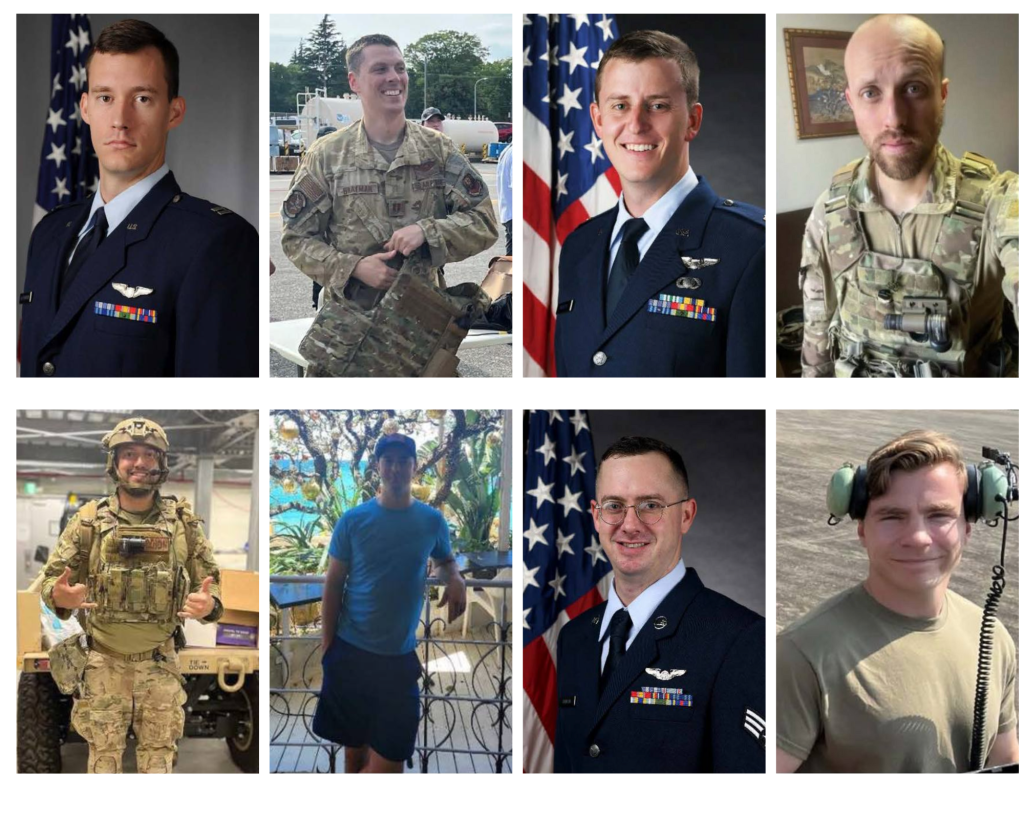
Capt. Terrell Brayman, 32, of Pittsford, N.Y., felt a similar dedication to his job. The former U-28A Draco pilot became a CV-22 pilot in 2020 and was “a naturally talented pilot and officer,” Lt. Col. Tyler Oldham, head of the 21st Special Operations Squadron, said in Brayman’s biography. Daniel Bobry, a friend of Brayman, was impressed by his work ethic at Ohio State University, where Brayman studied astronautical engineering.
“He was up at 3:30, 4 o’clock every day at ROTC, always smiling, never complained,” Bobry told New York news station WHAM-Rochester. “He just did his job and did it well and always had a smile on his face.”
A fellow CV-22 pilot, Maj. Luke Unrath, 34, hailed from Riverside, Calif., where the triplet left a mark on his parents and siblings.
“It would be impossible for us to express in a few words what an amazing son Luke was,” Unrath’s parents told southern California newspaper The Press-Enterprise. “Even though we raised him in faith, he taught us so much, what it is to live a Christ-centered life. He chose this path and career because he wanted to help people.”
Oldham was also impressed by the pilot, who started his career as an engineer before cross-training into aviation in 2019.
“People gravitated toward him and would follow him due to his cool, calm demeanor and high standards,” the squadron boss wrote.
The third pilot aboard ‘Gundam 22’ was Maj. Jeffrey Hoernemann, 32, of Andover, Minn. A Weapons Instructor Course graduate, Hoernemann was an instructor pilot and chief of weapons and tactics at the 21st Special Operations Squadron, where “his character was the benchmark of officership in the United States Air Force,” Oldham wrote.
“Jeff was the best of us,” he added. “His selflessness and leadership through example have left enduring marks upon the culture and values of the members of Air Force Special Operations Command.”
In a statement published by CBS Minnesota, Hoernemann’s family said the major “was proud to have been chosen to fly the CV-22B Osprey. He loved to fly the hybrid aircraft and was never afraid of it.”
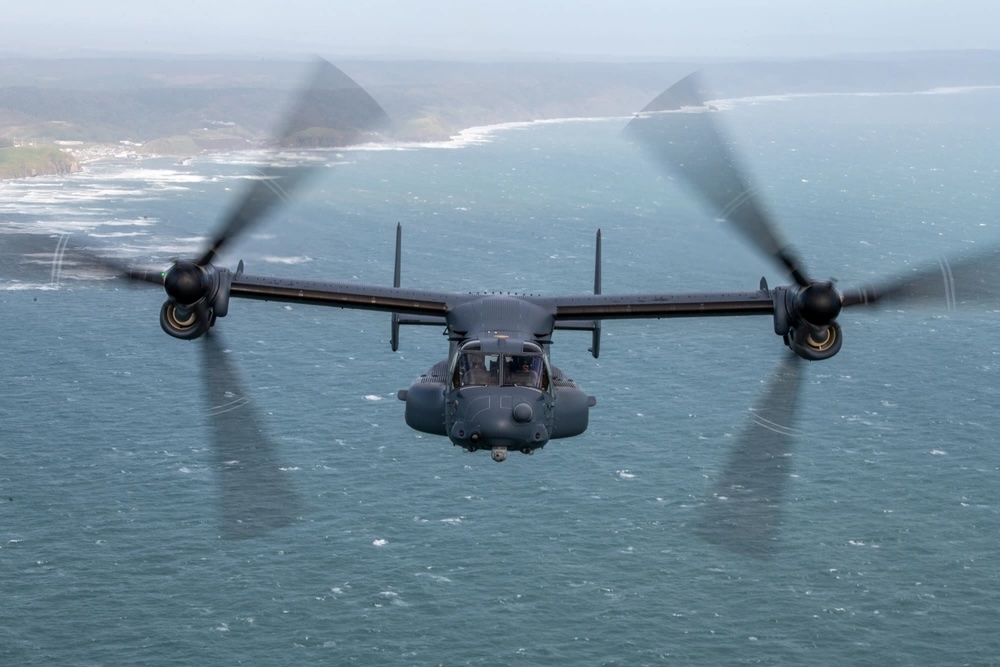
Despite being the youngest Airmen aboard, Staff Sgt. Jacob Galliher, 24, of Pittsfield, Mass., made a lasting impression on those around him.
“I looked up to Jake in more ways than one,” Galliher’s best friend, Air Force Staff Sgt. Edward Dobransky, told The Berkshire Eagle, a Massachusetts newspaper. “We lost a superhuman when we lost Jake.”
An airborne linguist specializing in Mandarin, Galliher was an honor graduate or distinguished graduate of several Air Force schools, and his commander said he was just as distinguished as a teammate.
“With a ready smile, Jake brought the unit together on and off-duty through humor and an inexhaustible supply of energy,” Maj. Gilbert Summers, head of the 43rd Intelligence Squadron, Detachment 1, said in a statement. “Everywhere he went, and everyone he met, was made better for him being there.”
Staff Sgt. Jake Turnage, 25, of Kennesaw, Ga., was a special missions aviator and served as lead flight engineer and noncommissioned officer in charge of training at the 21st Special Operations Squadron. He had a lot of responsibility: alongside his normal duties as flight engineer, loadmaster, and aerial gunner, he also managed the combat arms, survival evasion, resistance, and escape, and chemical, biological, radiological, and nuclear training requirements for the squadron. But he seemed to bear it well, according to Oldham.
“Jake’s humor and zeal were contagious,” the commander said. “His magnetic personality was always uplifting and lightened the load of his squadron mates.”
Turnage’s fellow special missions aviator aboard the Osprey was Senior Airman Brian Johnson, 32, of Cincinnati, Ohio. In a statement published by Ohio news station Dayton 24/7 Now, Johnson’s family described him as “an amazing and caring son, brother, uncle and friend to all.” Oldham praised his “tireless work ethic … his knowledge, skill, and attention to detail inspired competence and trust amongst his fellow aircrew.”
The eighth Airman aboard ‘Gundam 22’ was Tech Sgt. Zachary Lavoy, 33, of Oviedo, Fla. A medical operations flight chief, Lavoy picked up a number of honors in training, and contributed to multiple unit awards such as the 2019 Air Force Medical Service Medic Rodeo Team of the Year. His commander, Lt. Col. Christopher Pellegrino, head of the 1st Special Operations Squadron, described him as “a compassionate medic with a steadfast devotion to supporting the needs of those around him.”
Lavoy’s mother, Gabriela, could not believe her son was gone when she spoke with Florida news station FOX 35 Orlando on Dec. 6.
“I didn’t think anything could hurt my son,” she said. “You think your kids are invincible. I didn’t think anything could happen to him. I always thought he would be found alive.”
The Air Force, Marine Corps, and Navy announced on Dec. 6 that they were standing down all Osprey operations as the Air Force investigates the cause of the crash.
The Air Force said initial findings suggested there was a “material failure” with the Osprey, indicating pilot error was likely not the primary cause and there was an issue with the aircraft itself.
“The standdown will provide time and space for a thorough investigation to determine causal factors and recommendations to ensure the Air Force CV-22 fleet returns to flight operations,” AFSOC boss Lt. Gen. Tony Bauernfeind said in a statement at the time.
